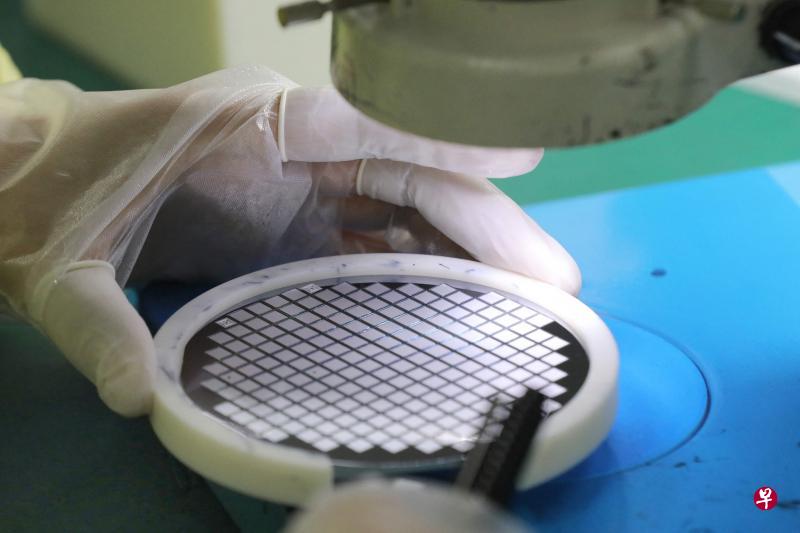
Fu Hui Tokyo Special officer
The Japanese Yomiraga News quoted the news yesterday that in order to curb the development of China's economic and military strength, the United States and Japan planned to take the lead in establishing a new advanced technology export control framework to prevent sensitivity and high -end technology leakage.The newspaper revealed that the United States and Japan are also seeking participation in some European countries, suggesting that this framework is a copy of export controls implemented by the Communist countries during the Cold War.
In 1949, Japan, the United States, the United Kingdom, Australia and other countries joined hands to establish an international organization "Output Control of Output Control Coop" (COCOM), an international organization that implemented embargo and trade restrictions on the Communist countries in order to prevent its own technology inflowSoviet and other countries.The committee was dissolved in 1994 after the end of the Cold War.Sammers pointed out that, in the face of China's rise, the two governments of Japan and the United States are discussing the "new version of COCOM".
It is reported that the Japanese and American governments have been distracted by China's "military -civilian integration" strategy, and believe that China has enhanced its military forces by using advanced civil technology.The US -Japanese government hopes to establish a new framework with countries with advanced technology to formulate an effective control export system to prevent sensitive technology products from flowing to China.
It is reported that at present, the United States and Japan are still regulating the regulation field, which is likely to be included in semiconductor manufacturing equipment and high -end technological fields such as artificial intelligence.The US Parliament has pointed out that the US semiconductor design software has been used by China for development.In addition, China also refers to China's strengthening production capacity because it imports semiconductor devices from Japan and the Netherlands.
As a multilateral export control framework, there is currently an international framework called the Wassenaar Arrangement. It is a control of exports of conventional weapons and related products and technology.But in addition to the United States and Japan, this framework also includes 40 countries including Russia.Based on the different interests of member states, it takes time to determine the target items.
The US Biden government has announced that it will control the technology export that may be abused on human rights.This time, the US -Japan consultation is another framework.Sammers believe that the report of highly alerting Chinese technology in the United States, and a report by the US government's independent policy organization "Artificial Intelligence National Security Commission", pointing out that China will surpass the United States in the next 10 years and lead the world in terms of artificial intelligence.
So far, the United States has strictly supervised the exports of Chinese telecommunications equipment companies such as Huawei and other companies in the United States.However, it is a limited efficiency in the United States alone, and it requires other countries with advanced technology to participate in resistance.As for the Japanese side, in addition to military, it also considers the interests of economic status.
Sammery pointed out that the United States and Japan also hope that European countries with the same technology as them can join a new regulatory framework.However, the newspaper believes that there are differences in the attitude towards China and some European countries, and the number of member states or the key to the advancement of this new framework.

